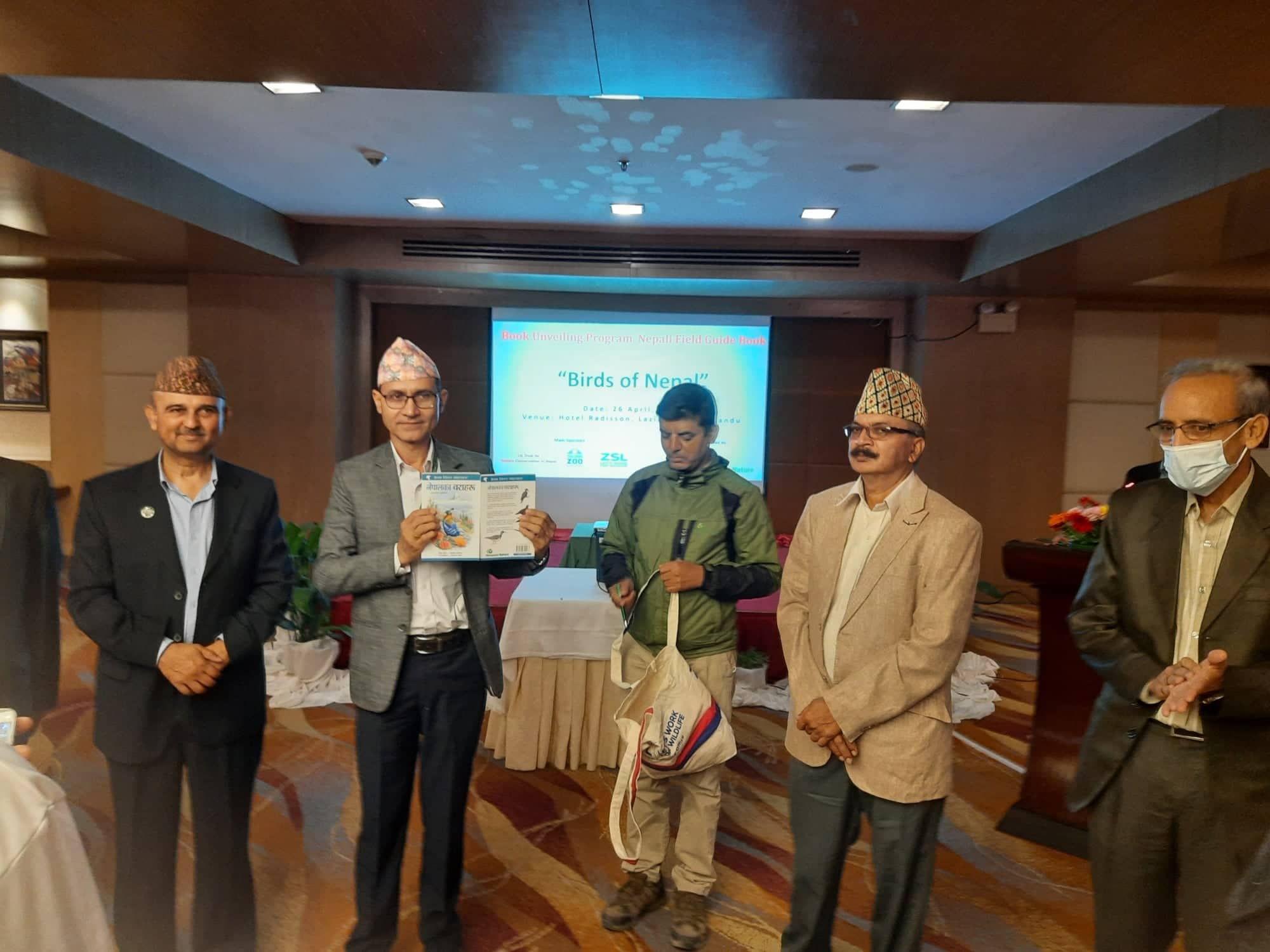

With 890 species of birds found in Nepal, tourists from different countries come in every year for bird watching. Bird watching is gaining a lot of popularity with tourists as well as Nepalese.
Out of 890 species found in Nepal, a total of 75 species of migratory birds have been found. But sadly some of the bird species that were found in Nepal have gone extinct.
Nepal is said to be one of the richest nations in Bird species because of its terrestrial differences. According to experts, the number has also gone up due to the climatic conditions and botanical diversity.